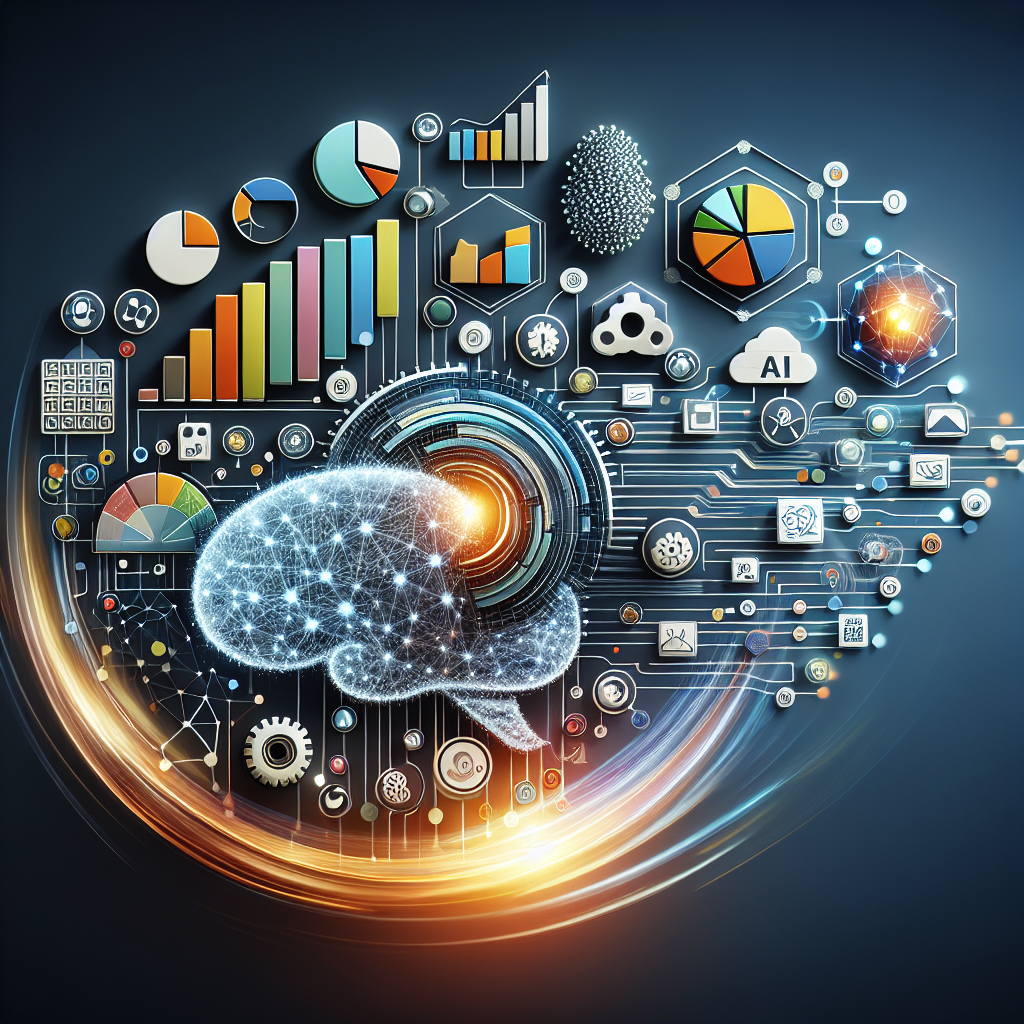Artificial Intelligence (AI) has revolutionized the way businesses analyze data, allowing for faster and more accurate insights. AI tools for data analysis have become essential for companies looking to make informed decisions based on large datasets. In this article, we will explore some of the top AI tools for data analysis that are available on the market today.
1. Tableau
Tableau is a powerful data visualization tool that uses AI algorithms to help users analyze and interpret data. It allows users to create interactive dashboards and reports that can be shared with colleagues and stakeholders. Tableau’s AI capabilities include automatic data discovery, predictive analytics, and natural language processing. With Tableau, users can quickly uncover patterns and trends in their data, making it easier to make data-driven decisions.
2. IBM Watson Analytics
IBM Watson Analytics is an AI-powered data analysis tool that is designed to help businesses make sense of their data. It uses machine learning algorithms to automatically analyze and visualize data, allowing users to uncover insights that may have otherwise gone unnoticed. IBM Watson Analytics also includes natural language processing capabilities, making it easy for users to ask questions about their data in plain English. This tool is ideal for businesses looking to leverage the power of AI to gain a deeper understanding of their data.
3. RapidMiner
RapidMiner is an open-source AI tool for data analysis that is used by businesses of all sizes. It offers a wide range of AI capabilities, including predictive analytics, machine learning, and text mining. RapidMiner’s user-friendly interface makes it easy for users to build and deploy AI models without the need for extensive coding knowledge. With RapidMiner, businesses can quickly analyze large datasets and uncover valuable insights that can drive decision-making.
4. Microsoft Power BI
Microsoft Power BI is a popular data visualization tool that uses AI algorithms to help users analyze and visualize their data. It offers a wide range of AI capabilities, including natural language processing, predictive analytics, and anomaly detection. Microsoft Power BI’s intuitive interface makes it easy for users to create interactive dashboards and reports that can be shared with colleagues. This tool is ideal for businesses looking to harness the power of AI to gain insights from their data.
5. SAS Visual Analytics
SAS Visual Analytics is a powerful AI tool for data analysis that is used by businesses around the world. It offers advanced analytics capabilities, including machine learning, forecasting, and optimization. SAS Visual Analytics also includes natural language processing capabilities, making it easy for users to ask questions about their data in plain English. With SAS Visual Analytics, businesses can quickly analyze large datasets and uncover valuable insights that can drive decision-making.
FAQs
Q: What is the difference between AI tools and traditional data analysis tools?
A: AI tools use machine learning algorithms and natural language processing to analyze data, while traditional data analysis tools rely on manual techniques such as pivot tables and charts.
Q: How can AI tools help businesses make better decisions?
A: AI tools can help businesses make better decisions by analyzing large datasets and uncovering insights that may have otherwise gone unnoticed. This can lead to more informed decision-making and improved business outcomes.
Q: Are AI tools easy to use for non-technical users?
A: Many AI tools are designed to be user-friendly, with intuitive interfaces that make it easy for non-technical users to analyze data. However, some tools may require a certain level of technical knowledge to use effectively.
In conclusion, AI tools for data analysis have become essential for businesses looking to gain insights from their data. The tools mentioned in this article offer a wide range of AI capabilities, including predictive analytics, machine learning, and natural language processing. By leveraging the power of AI, businesses can make more informed decisions and drive improved business outcomes.

